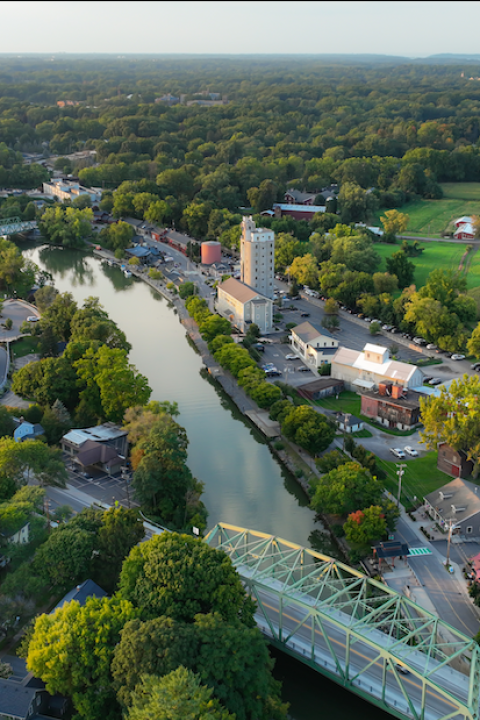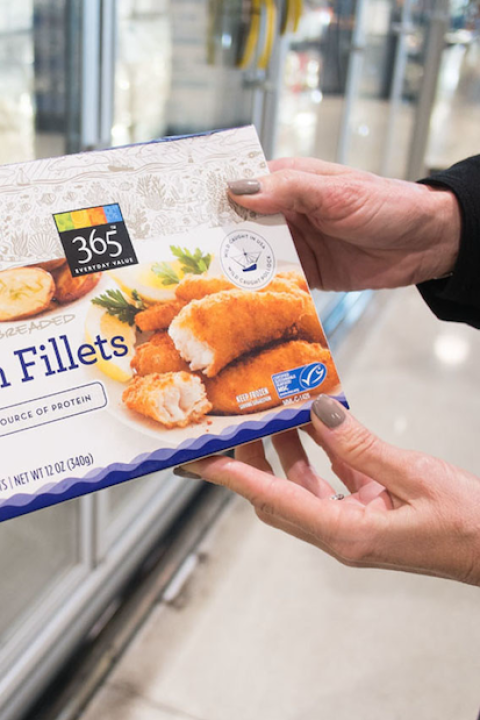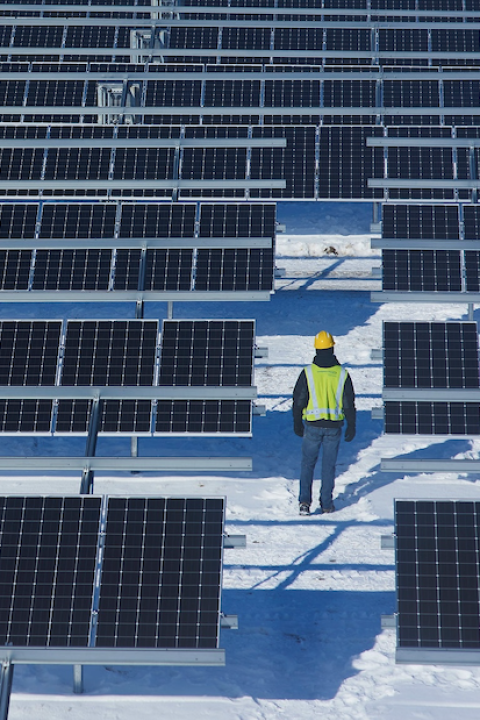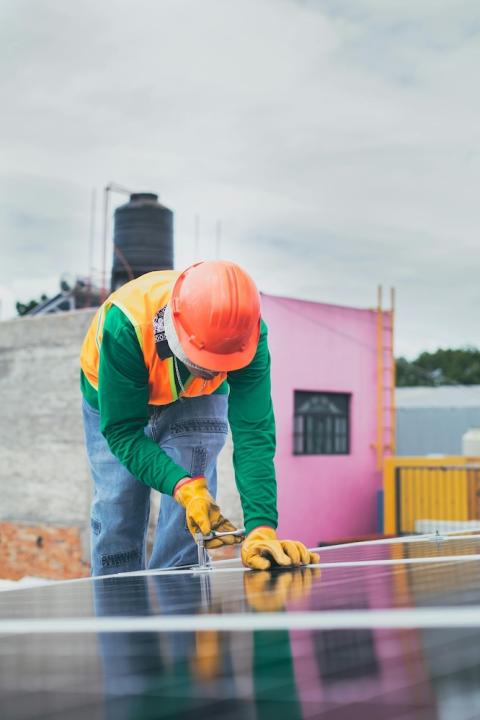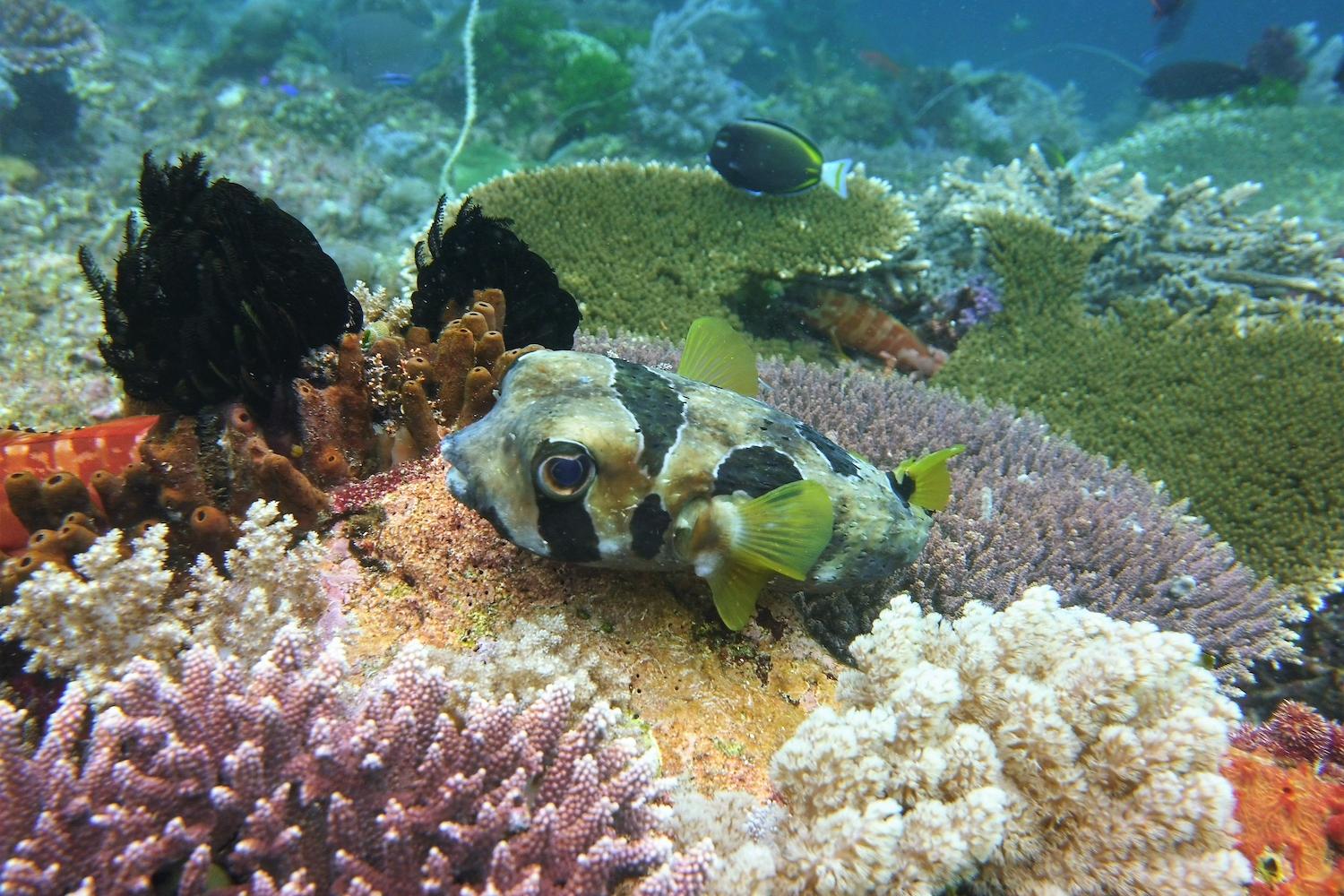
A fish swims among other marine life in the waters around Indonesia that are a part of the Coral Triangle. (Image: Kary Mar/Flickr)
Coral reefs, some of the most important ecosystems in the world, are in a global decline — and climate change is a key cause.
With an estimated 2 million different kinds of animals living in or near coral reefs, it can be argued that the biodiversity found in them beats that of the Amazon rainforest. What’s more, an estimated 1 billion people benefit either directly or indirectly from the ecosystem services coral reefs provide.
While the restoration of coral reefs is urgent, the process is time consuming and labor intensive. Three fundamental obstacles deter the ability to rescue coral reels, said Sonia Gameiro, head of the sustainability consulting practice for the information tech company Orange Business in Europe.
The first is the inability to frequently monitor coral reefs to collect data. At the moment, a diver needs to go under water and manually write notes on the species. The accuracy of the data is also questionable because the disturbances caused by the diver could make species hide or flee. Lastly, it is operationally inefficient as a marine biologists' time could be better spent on coral restoration rather than data collection.
To tackle these challenges, Orange Business linked up with Tēnaka, a social enterprise focused on restoring coral reefs, to develop a solution based on artificial intelligence.
The result is an autonomous marine research system designed by Orange Business and Tēnaka in partnership with Yucca Labs, a company specialized in product design and engineering. The research station is equipped with underwater monitoring devices and the solar-powered floating buoys that are connected to the 4G cellular network to transfer images.
The collaboration aims to restore nearly 5,000 square meters of coral reefs in a marine protected area of the Coral Triangle in Malaysia, the most diverse marine ecosystem on the planet.
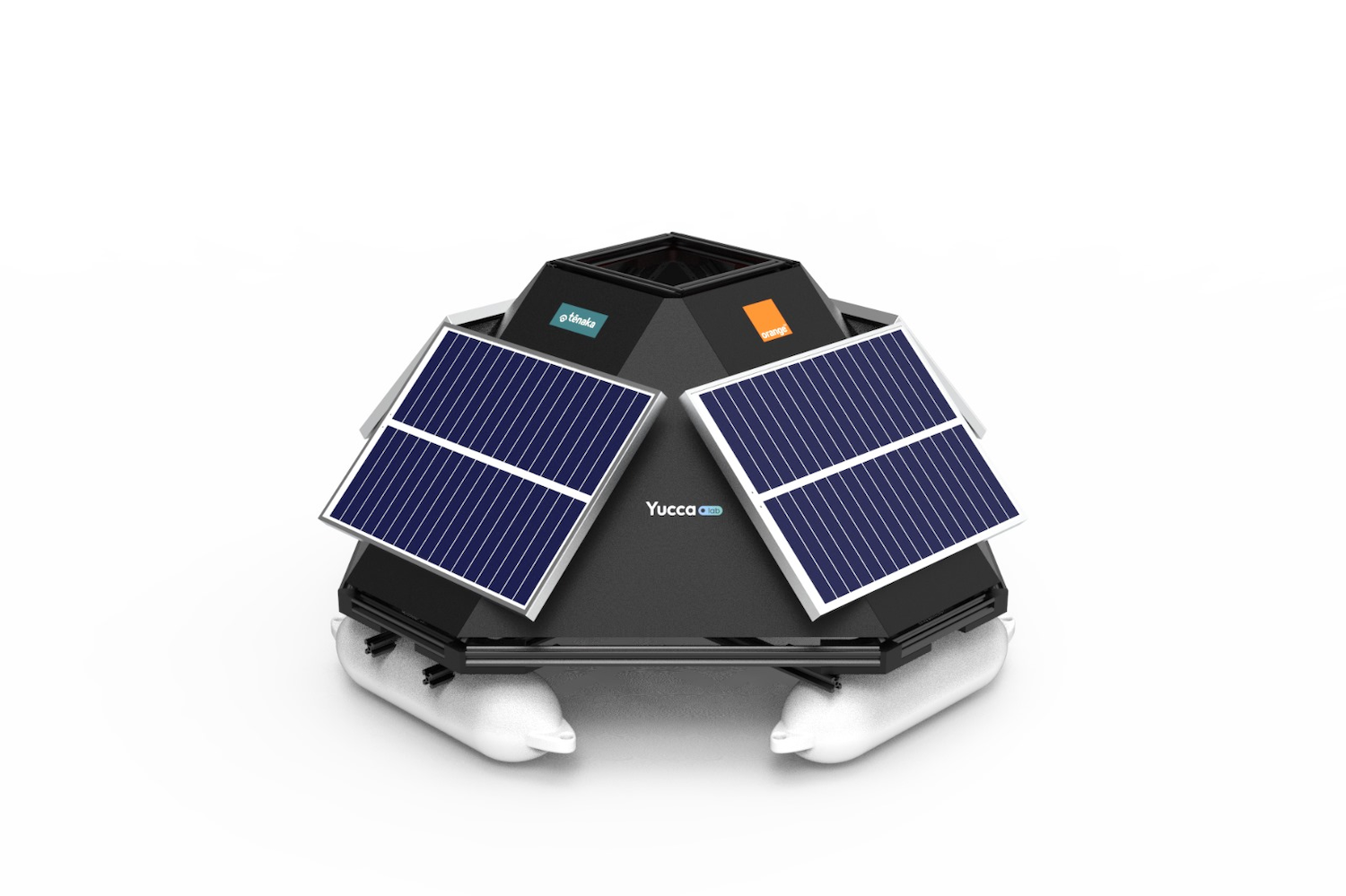
“To tackle the issue of data collection frequency, we're putting a device in the ocean which takes pictures every 30 seconds, 12 hours a day,” Gameiro said. “We have an underwater module that has four cameras linked to the buoy, and that buoy has solar panels. There are no cables, and we're only enabling the 4G connectivity module to transmit the pictures once a day in order to save energy. It's near real-time data, and Tēnaka will have information every single day as opposed to once a month.”
An advanced artificial intelligence (AI) algorithm created by Orange Business identifies and counts diverse marine species in the reefs.
In terms of data accuracy, since the device will always be underwater, it is expected that it will be unnoticed by the marine species and will be able to capture phenomena that researchers are unable to capture otherwise.
“For example, one of the stories Tēnaka tells us is that they have a very rare species of shark that goes into the coral reef, specifically in the Tioman Islands, because they've seen their eggs.” Gameiro said. ”But they have never been able to see the shark itself. Hopefully, with a camera that is always there, they will be able to identify and detect such phenomena that today are totally unnoticed, so they will have a much better knowledge on what's going on around the coral reef and the functioning of the marine ecosystem overall.”
As for the improving operational efficiency, this system ensures that marine biologists can spend much more time restoring corals instead of monitoring reefs and collecting data.
“We will also add one specific feature for Tēnaka which they don't have today, which is an alerting feature,” Gameiro said. "There are certain conditions that will automatically generate an alert. For example, the presence of the crown of thorns starfish — that is beautiful, but it has huge spikes and actually eats corals. So, if they identify the presence of this starfish thanks to this alerting, they can immediately act and remove it, so that they minimize the impact to the health of the coral reefs.”
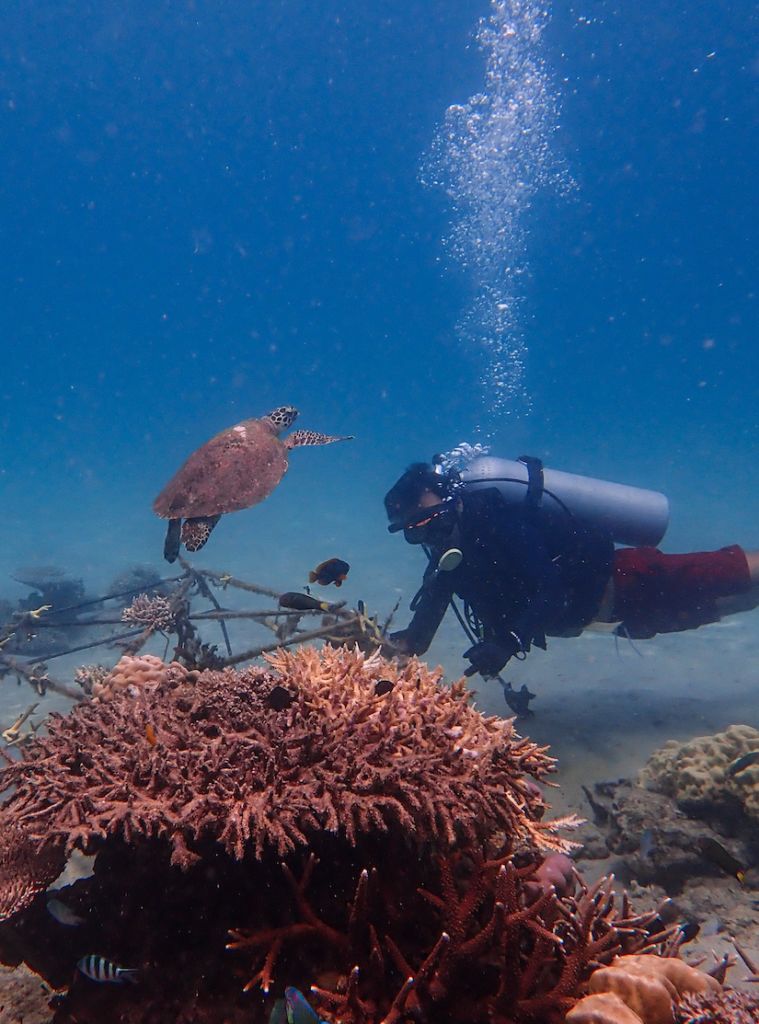
Orange Business is using existing AI models that it customized to be able to recognize 17 species. These include the mega fauna — sharks, turtles and rays — nine species of fish, and five species of invertebrates like urchins. The model is trained to identify the local species using pictures.
All the data sets used to train the AI algorithm and pictures collected are open source and available for anyone to access.
So far, the first prototype station is complete. Now, the companies are making the rest of the underwater monitoring modules and ensuring everything works properly, Gameiro said.
Orange Business is investing a few hundred thousand euros into this project both in terms of man hours and equipment, which gives it the necessary financing for 2024, said Nemo Verbist, president of Orange Business in Europe.
“My thinking was, 'What if we could find a [corporate social responsibility] project where we could support not only by funding, but also by doing something with our technology?’” Verbist said. “We then asked our employees for ideas, and our research showed that coral restoration can make a huge impact when it comes to climate action. This project is an end-to-end story bringing together all of our capabilities as a company.”

Abha Malpani Naismith is a writer and communications professional who works towards helping businesses grow in Dubai. She is a strong believer in the triple bottom line and keen to make a difference. She is also a new mum, trying to work out a balance between thriving at work and being a mum. In her endeavor to do that, she founded the Working Mums Club, a newsletter for mums who want to build better careers and be better mums.







